How basic Fmcg sales terminology helps work smartly to grow
What are the important reasons of growth in FMCG segment?
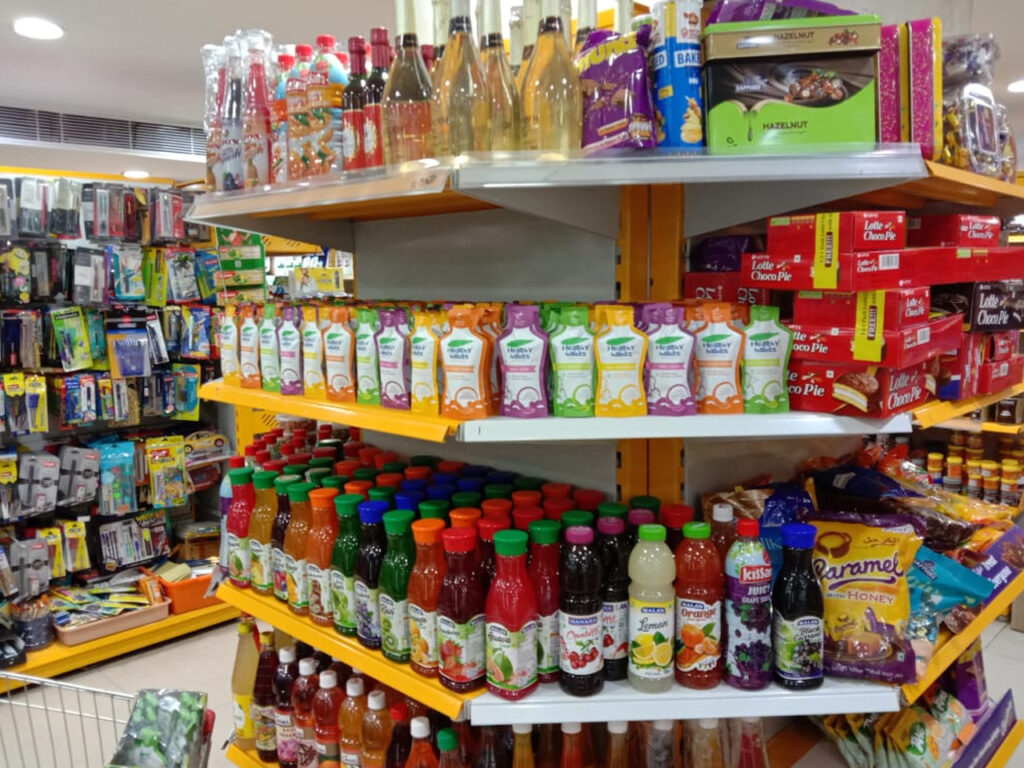
Why is product knowledge necessary for a salesman?

What are the characteristics of a great sales person?
Will to understand and Enthusiasm for studying human relations, behaviors and analyse wants and desires.
The best sales people in their companies and they have these traits below.
Confidence. You have to be confident for people to trust what you say.
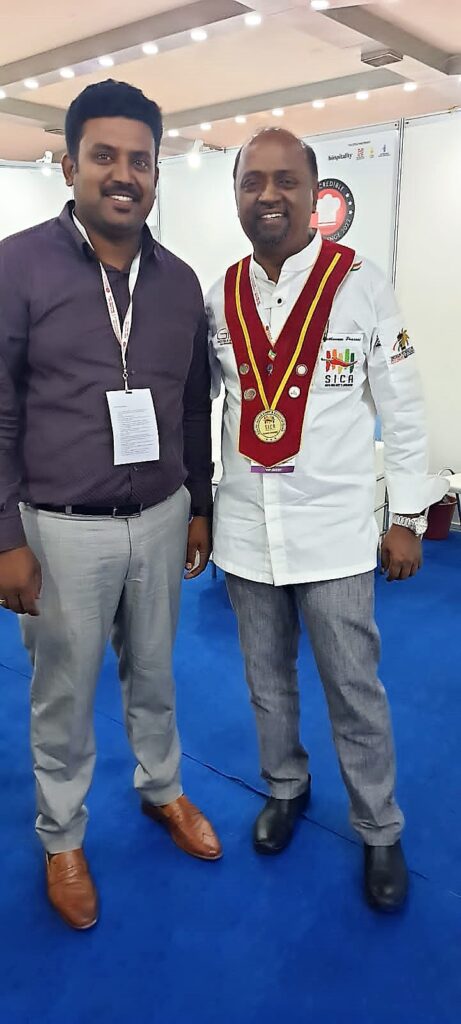
Friendly. You don’t act threatening, but act as an ally, a friend to your customer.
You do your homework. You know about your product, you know it’s strength and weakness, you know where it fits best and what functions it can serve your customer with. You learn about your customer’s needs before you sell your product. You understand sales strategy and terminology and your job boundaries.
Willing to do the hard work. You are willing to knock door to door and develop sales strategy in person. Door to door in person sales experience is one of the most crucial to success for any other forms of sales. You learn face to face rejection, you learn how to deal with rejection.

Take rejection well. You start to be able to plan your strategy, map out areas you need to visit, people you need to call, percentage of possible receiver, talk to the right person. You no longer take rejection personally and become bold.
Right connection. The right connection can come either from your inheritance, like someone in your family knows someone, or by your effort of broadening your own network. Once you make the right connection you can make large sales, and become top sales person quickly.

There’s no specific personality types for a good sales person, both introverts and extroverts, high energy or gentle, they can all do sales just fine.
A FMCG KPI or metric is a measurable value that helps to monitor and accomplish pre-defined organizational goals. Key performance indicators for the FMCG industry consider branch-specific characteristics such as its fast-moving nature, high consumer demands and short sales cycles.
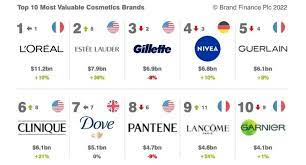
FMCG: Fast Moving Consumer Goods For Ex : Soap,Sugar, Biscuits
ECO: It stands for Effectively Covered Outlet or Effective Coverage which means how many outlets out of the total outlet of a route or market or territory are making at least one memo in a month. With ECO a company measures active outlet number.
Primary Sales: These are sales from the company to the distributor e.g. the amount of product that a distributor purchases from the company. Normally Area Manager’s and Regional Manager’s targets are set on Primary Sales.
Secondary Sales: These are sales from the distributor to the retailer. Usually, TM/TSM’s targets are always based on secondary sales.
Offtakes (Tertiary Sales): These are sales from the retailer to the customer. While offtakes are not tracked by the company, trends of offtakes are tracked by some market research agency like Nielsen.
Stock Keeping Unit (SKU): This refers to a specific product from a range of products of a company. For example, 100 gram Dettol original soap is an SKU of Dettol soap of Reckitt Benckiser (Reckitt Benckiser has other SKUs of Dettol soap like 50 gram Dettol soap, 200 gram Dettol soap, etc.).
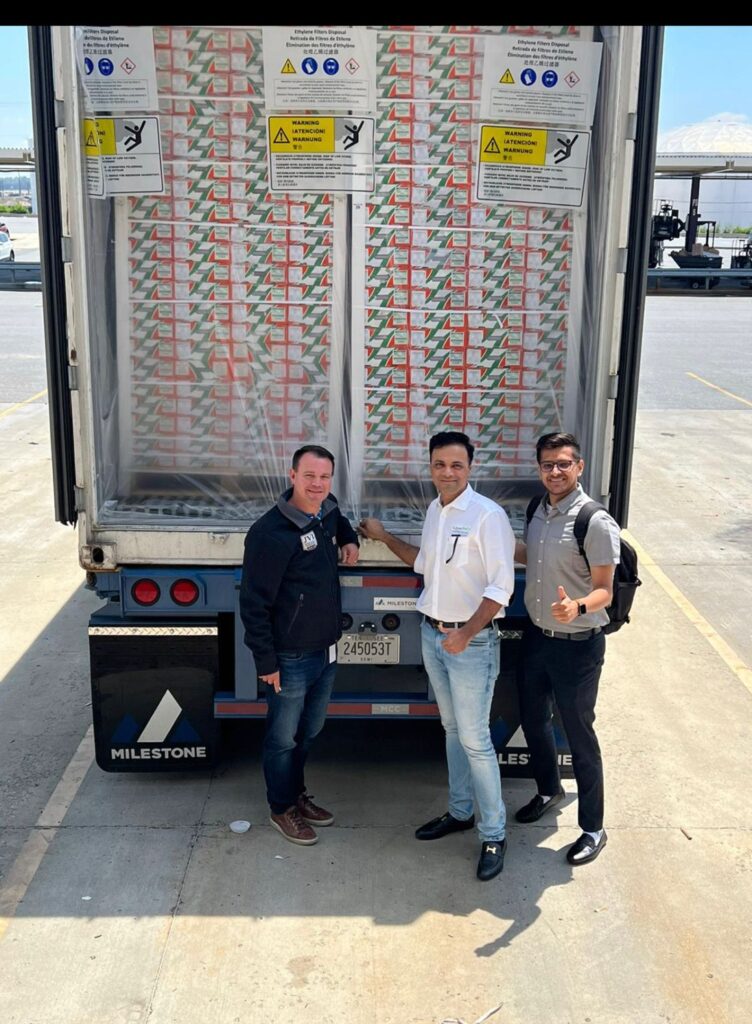
Sales Representatives (SR) or Sales Officers (SO): SR/SO can be employed either by a company or by distributors depending on company policy who are responsible for collecting sales orders from their assigned routes. After collecting sales orders from the outlets of his assigned route, an SR/SO makes a summary of this total order and submits it to the distributor for delivery. Based on this collected order (summary sheet) product delivery happens on the next day by DSR or the Deliveryman of the distributor.
DSR: Distributor’s Sales Representatives are employed by distributors but managed by TM/TSM; DSRs are the salesmen who are responsible to make sales of the company’s products (SKUs) to retailers. Typically where SR or SO concept is available, DSRs are the deliverymen who are employed to deliver the company’s products to outlets according to previously collected orders by SR/SO. Where SR/SO concept is not practiced (e.g. not employed by the company itself) DSR plays the role of SR/SO and in that case, the distributor employs a separate delivery unit for distributing products to retail.

Distributor: Distributor generally has exclusive rights of distributing a set of products in a defined geographical location. He purchases/stocks products in bulk quantity from the manufacturer and distribute/sell them to retailers in small quantity.
Wholesaler: A wholesaler is a trader, who buys goods in bulk quantities and sell them in smaller ones. or in another word outlet of a beat is considered as a wholesaler if that outlet contributes more than 50% sales of that particular beat (this assumption may differ for different companies).

ROI (Return of Investment): This is calculated on a monthly/quarterly/yearly basis to understand the distributor’s profitability. The ROI calculation is very important as it is a tool to negotiate with your distributor to manage/deploy required investments. The equation is simple: ROI= Return ÷Investment, Return = (Earnings — Expenses )
FOC: Free of Cost (Goods offered as free). Sometimes company offers FOC goods to retailers as a part of a special promotion.
Strike Rate or Productivity: It is the % of all successful sales calls out of total calls made by a DSR. This is generally measured on daily basis.
Landing Price: The price at which distributor or retailer purchases goods. There are two types of landing prices
RLP: Retailer Landing Price is the price at which retailer purchases goods from the distributor
DLP: Distributor Landing Price it is the price at which distributor purchase goods from the company
For Eg. If the MRP of product “X” Is Rs.5 and the retailer margin is 10 % And distributor margins 6% then calculate RLP & DLP?
A. ) RLP =MRP of product ÷( 1+ 10% )
RLP = 5 ÷ (1+0.1 )
RLP =5 ÷1.1
RLP =4.54
B.) DLP = RLP ÷(1+6%)
DLP = 4.54 ÷(1+0.06)
DLP = 4.54 ÷1.06
DLP =4.28
( NOTE: Above formula for calculation DLP & RLP can change when trade scheme added )

Trade Schemes or Trade Promotions (Widely Known as TP): These are schemes that are given out in the market to boost sales from time to time. Trade Schemes are designed for the trade i.e. Retailers/Wholesalers and distributors.

Trades promotions are two types:-
Quantity Purchase Schemes (QPS): To inspire the retailers to buy more, sometimes company offers QPS.
These typically look like this: Purchase 155 pieces at a time and get a 10% discount basically these are discounts offered on purchasing a particular quantity of products.
Value Purchase Schemes (VPS): These are the same as QPS, the only difference is that these are offered on value purchased instead of quantity.
These would look like this: Purchase Rs10,000.00 at a time and get a 10% discount.
These are discounts offered on purchasing products of a predefined value.
OUT OF STOCK RATE (OOS)
Measure your ability to meet customer demand.Studies for the FMCG industry usually show an average OOS rate of 8% – managing to keep your stockouts below this line is crucial.
DELIVERED ON-TIME & IN-FULL (OTIF)
Do you receive your exact orders on-time?Implement the right measures so as to keep your OTIF rate above 90% for a well-performing supply chain.
AVERAGE TIME TO SELL
How long do you need to sell your products?Ideally, you want the time to sell to be as low as possible, meaning that you manage to sell most of your inventory within the short deadlines.
PERCENTAGE OF SOLD PRODUCTS WITHIN FRESHNESS DATE
How many products are sold before expiration?Align your metric’s target with the strategy of your store and what has the priority: availability at any time, or selling the inventory within due date.

ON-SHELF AVAILABILITY
Measure the amount of time a customer can find his favorite product on your shelves.An increase in OSA can impact sales significantly: measure your availability over time and improve it as much as possible.

SALES VOLUME AND MARGIN BY PRODUCT CATEGORY
How much do you sell and how big is your margin for different products?Comparing sales margins per product lets you know which are the most profitable.
What is the difference between marketing, business development, sales, and closing?
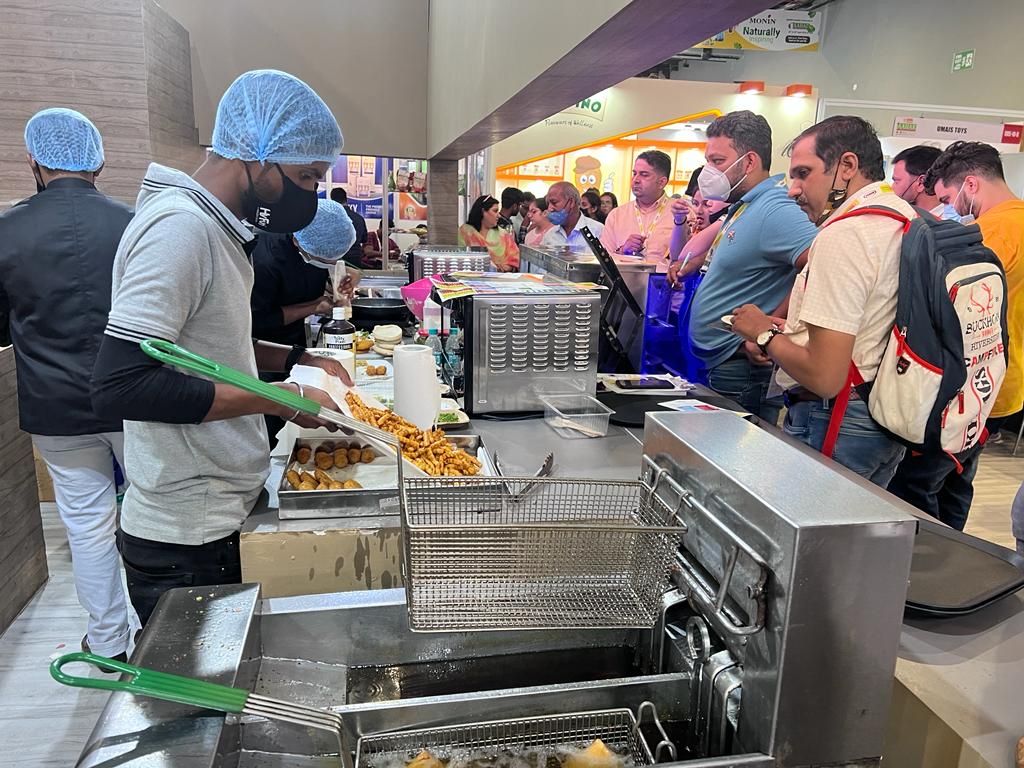
These are terms which is confusing and makes us believe that they are different from each other. But it’s not,
Some people say Marketing means when you go and showcase your product to the targeted customers it means marketing.
Business development is mostly referred for B2B dealings.
Sales are referred as exchanging your product or service for money.
Closing is also referred majorly in B2B transaction when you present a proposal and clients agrees and sign the proposal .

But,
You cannot sell without closing the transaction.
You cannot succeed in Business development without closing the deals.
You cannot achieve the purpose of marketing without closing your audience on your product /services.
The ultimate game is closing where all the revenue lies.
Bottom line is in order to achieve success in any of the terminology you gotta close them.
Without closing:
You don’t truly serve your customers and waste their and your efforts and time in making them understand how good your product is.
. You don’t do justice to your designation as a business developer or salesman or marketing person.

FMCG Basic sales terms
Primary Sales: These are sales from the company to the distributor
Secondary Sales: These are sales from the distributor to the retailer. Usually, targets are always based on secondary sales
Offtakes: These are sales from the retailer to the customer. While offtakes are not tracked by the company, trends of offtakes are tracked by Nielsen, which is a market research agency. Nielsen provides cumulative data of offtakes to brand managers in terms of market share. The accuracy of this is debatable as Nielsen takes only a subset of the number of traditional trade stores (which is then extrapolated) and does not track some modern trade chains – however due to lack of options, companies use this share data to figure out if their brand is doing well or not. For high value goods such as make up and durables, companies track their own counter wise offtakes.

Trade Schemes: These are schemes that are given out in the market to boost sales from time to time. Trade Schemes are designed for the trade i.e. Retailers/Whole-Salers and the distributor is supposed to comply with them and extend it to the trade and the company’s sales force are expected to utilize it in the right spirit and ensure market hygiene.
These can be in terms of discounts on the bill (hence translating to higher margins) or in terms of goods that may be enticing for the retailer/distributor. An example of this would be a free air conditioner on purchase of a particular value of goods, or a free holiday package on achieving the target that is given.
Trade schemes are of two types:
Quantity Purchase Schemes (QPS): These typically look like this:
144 pieces – 8% discount
72 pieces – 6% discount
48 pieces – 4% discount
24 pieces – 2% discount
Basically these are discounts offered on purchasing a particular quantity of products
Value Purchase Schemes (VPS): These would look like this:
Purchase of 10,000 – 8% discount
Purchase of 8,000 – 6% discount
Purchase of 6,000– 4% discount
Purchase of 4,000 – 2% discount
These are discounts offered on purchasing products of a predefined value
Trade schemes are further divided into two types depending on who they are offered to:
Primary Schemes: These are those that are deducted while the invoicing is done to the distributor from the company’s end. This may be done to give the distributor an additional margin.
Secondary Schemes: These are those which the distributor is supposed to first extend to the market and then claims it back from the company.
Trade schemes may cause problems with the rate – to understand how, read this. Trade might also try to manipulate you with calculations – read this so that you are not fooled

Beat: This is the route that a salesman follows on a particular day. For example, his beat on Monday will be Area X, and his beat on Tuesday will be area Y. This is usually optimized to ensure optimum coverage of all the stores in a sales territory such that the salesman visits each store once in a fixed interval. To elaborate, a company’s norm might be that a store has to be visited once a week. In that case, the beat is decided such that the entire sales territory is covered in a week – this way every store gets one visit a week.

Display: Usually means a FSU or a shelf that the retailer keeps for the company’s products exclusively.
Credit: it could be in value( for primary sales) or period (for secondary sales)
Chakker “Billing” ka: Billed to one retailer, supplied to many
Forward sales: Billed but not delivered.
Churn Rate: A metric that measures how many customers you retain and at what value. To calculate churn rate, take the number of customers you lost during a certain time frame, and divide that by the total number of customers you had at the very beginning of that time frame. (Don’t include any new sales from that time frame.)
For example, if a company had 500 customers at the beginning of October and only 450 customers at the end of October (discounting any customers that were closed in October), their customer churn rate would be: (500-450)/500 = 50/500 = 10%.
DLP: dealer landed price(Price at which dealer gets he product from distributor.
MOP: market operating price(Price at which retailer sells in the market.. Note: MOP-DLP-Scheme value on a product is the margin of retailer.

FOC: free of cost…This is a jargon used during schemes given by company…When a company gives say 1 box of chocolates when a retailer purchase 10 boxes, then 1 box FOC is given.
Credit note: Company agrees to pay the retailer a sum of money, say a after a quarter, if he purchases say x amount of boxes. This is in a form of a paper in which company says that we owe u …x Rs on say abc date
“Trade schemes may cause problems with the rate – to understand how, read this. Trade might also try to manipulate you with calculations – read this so that you are not fooled J”
Strike Rate: % of successful sales calls.
Brand Call Productivity: % of brand X In all successful sales calls.
Cash Discount: Trade schemes are in form of some discount if they clear the bill on time. Its called CD – Cash Discount – normally companies give 1% CD. but its very important to understand that its more of a consumer pull category and trade push dosent work here.

Top most festival Products FMCG consumers search today
World Wide Festive Trends Decoded What Indian festive consumers seek...
Read MoreHow right selection of FMCG Salesmen improves brand market share
How can FMCG Companies improve salesman’s technique in order to...
Read MoreHow most searched Fmcg sales and marketing words help newbie salesman
Why undestand FMCG sales management? Sales management is the process...
Read MoreHow Successful FMCG Salesman Starts his Day, a guide
How does one become a good sales executive in the...
Read More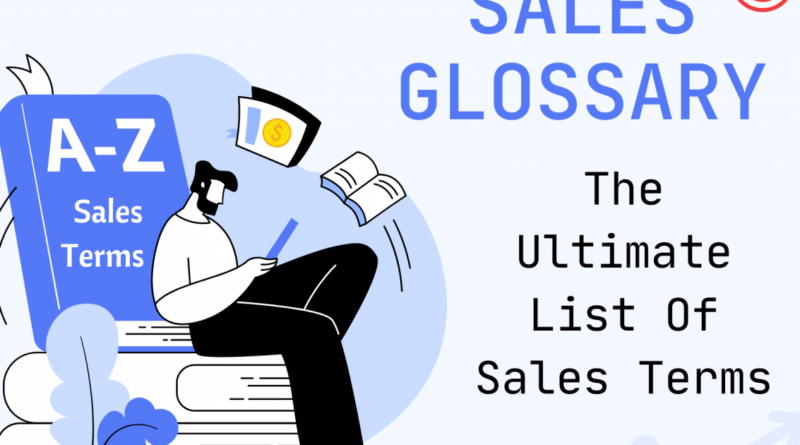



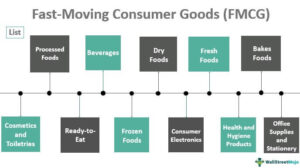
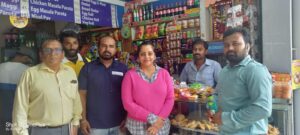



Pingback: Challenger Brands Disrupt The World Status Quo For Better